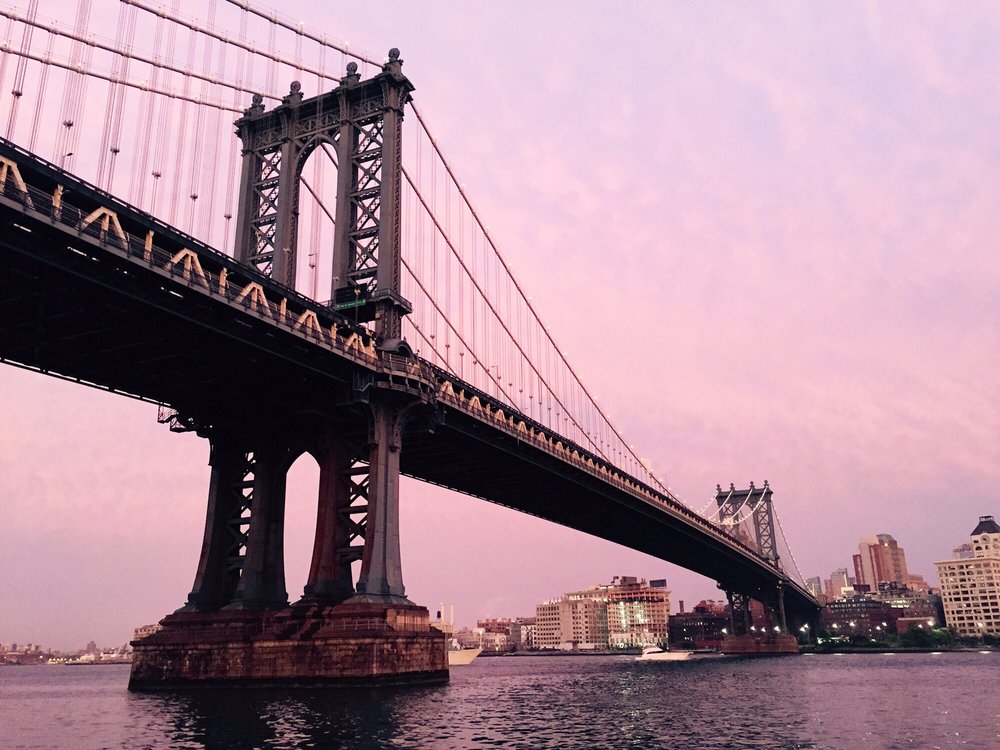
1 Main Street, built for Robert Gair Co. Photo by Suzanne Spellen
When builders first began using reinforced concrete, which bonds the strength and flexibility of steel with the solidity of cast rock, they probably didn’t know the extent to which their experimentation would change architecture.
Their work made it possible to build higher, larger and more inventively than anyone could imagine. It began in France in the 19th century, but it would take an American company, based in New York City, to build wonders across the world. This company had some of its earliest jobs here in Dumbo.
Turner Construction Company’s Early Years in Dumbo
After working under early innovators in reinforced concrete construction, Henry Turner started his construction company offices in Lower Manhattan, where an entirely new landscape was about to go up. Turner wanted to be at the center of it, and he knew reinforced concrete would be the wave of the future.
His first job, however, wasn’t quite the impressive start he may have wanted. He was hired to construct a concrete vault for Brooklyn’s Thrift Bank, part of Pratt Institute. He was paid $687.
But a year later, his efforts began to pay off. He landed a construction job with Robert Gair in what is now Dumbo. Scotsman Gair had made a fortune manufacturing boxes and the equipment that made and folded them. His corrugated cardboard boxes were used by just about every form of industry there was.

Gair building at Washington and Front streets
Gair moved his operations from Manhattan to Brooklyn and hired Turner to build a new reinforced concrete factory building. The architect was William Higginson, a fellow Englishman.
Higginson had to be convinced about reinforced concrete, but when he saw the light, he used it on all of the Gair buildings, as well as buildings for other clients. He also worked with Turner on most of them, including the enormous Bush Terminal buildings.
In 1904, Turner Construction finished the first reinforced concrete buildings for Gair, this one at 39-55 Washington Street. Several more floors were added over the years, and the top floors became the headquarters for the Gair Company.
At the same time, Turner was also working on a large contract for one of the new subway lines. He vastly underbid for the job and got it. His company built more than 50 train station platforms and stairs for the Interboro Rapid Transit line, the IRT.
Turner Construction never looked for work again. Reinforced concrete, as the building material of the future, took off like a rocket. All across the country, architects, engineers and builders began designing and building using reinforced concrete. Structures from garages to factories to skyscrapers were built in concrete.

39-55 Washington Street. Photo by Mary Hautman
The company opened more branches in other cities and greatly expanded its work and scope. The company went public in 1972, trading on the New York Stock Exchange. By 1977, it broke $1 billion.
In 1999 the company was purchased by Hochtief, a German construction company. Today, Turner Construction has 46 offices in the United States and projects in more than 20 countries around the world. It averages 1,500 projects a year, with billions of dollars of work.
That’s a long way from the reinforced concrete vault built by a young Henry Turner in the basement of Pratt Institute’s Thrift Bank.
A version of this piece originally appeared on Brownstoner.





